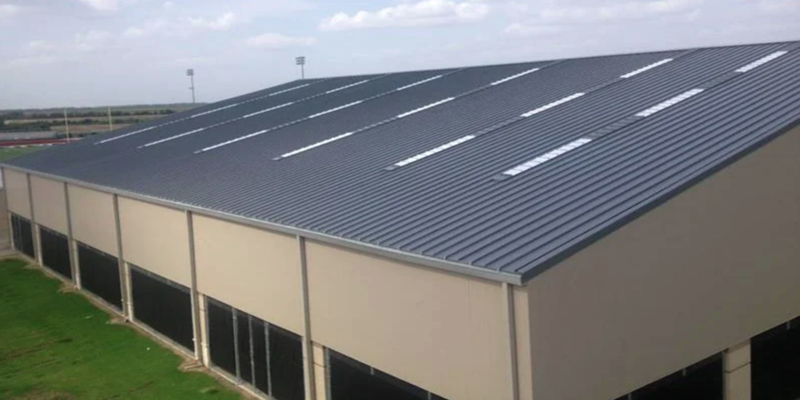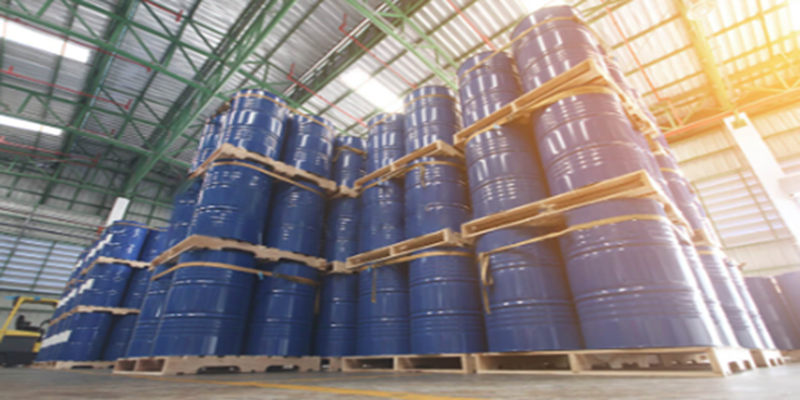Introduction to Sandwich Panel Construction
Sandwich panels are a popular and versatile building material used in the construction of residential and commercial buildings. They consist of two outer layers, usually made of metals such as steel or aluminum, and a core material, usually made of polyurethane (PU) foam or mineral wool. This multi-layer structure provides excellent insulation, strength and durability while maintaining a lightweight form factor. The material combination provides superior thermal insulation, sound insulation and enhanced mechanical properties, making sandwich panels a wide choice for roof and wall cladding and thermal insulation in industrial buildings, warehouses and cold storage facilities.
The unique design of the sandwich panels enables them to withstand harsh environmental conditions ranging from extreme temperatures to strong winds while maintaining energy efficiency. Polyurethane core materials have excellent thermal insulation properties, which greatly contribute to the overall energy performance of the building. However, realizing these benefits depends heavily on the chemical reactions and processes involved in panel production, especially the use of polyurethane catalysts.
Polyurethane in Sandwich Panel Construction
Polyurethane has become the preferred material for most sandwich board core layers due to its excellent thermal insulation properties and application flexibility. Polyurethane combined with isocyanate, polyols, and catalysts will form a hard polyurethane foam that is injected into the sandwich plate core between the two outer layers. The foam expands and harms, forming a lightweight but strong core layer with excellent heat resistance.
However, in order to achieve the desired properties of the final foam product, such as the correct density, thermal conductivity, and curing rate, catalysts play an important role in controlling the chemical reactions during the foaming process. The choice of catalyst can significantly affect the final properties of the foam, including its curing time, reaction rate, and the quality of the finished panel.
The Role of Catalysts in Polyurethane Foam Production
Catalysts used in the production of sandwich panels are important for fine-tuning polyurethane foam properties to meet the specific requirements of each application. The two catalysts commonly used in the production of sandwich plates are MXC-41 and MXC-BDMA.
MXC-41 is an efficient rigid polyurethane foam catalyst, especially suitable for sandwich plates. It is a tertiary amine catalyst that facilitates the reaction between isocyanate and polyols, making the curing process smooth and efficient. This catalyst helps to achieve an optimal balance between foam expansion and curing, ensuring that the foam achieves the desired density and structural integrity without compromising thermal insulation properties. The MXC-41 is used in applications where precise control of foam density and curing speed is required, such as when producing high-quality sandwich panels for building construction.
2. MXC-BDMA Catalyst
MXC-BDMA, a bismuth-based catalyst, is another important player in the production of polyurethane foam for sandwich panels. As a low-emission, environmentally friendly catalyst, MXC-BDMA promotes efficient foaming reactions while reducing the potential for volatile organic compound (VOC) emissions. This catalyst helps to improve the back-end curing of the foam, ensuring that the final product is stable and durable. The use of MXC-BDMA in sandwich panels contributes to the overall environmental sustainability of the building materials by reducing the carbon footprint and improving the air quality during production.
Both MXC-41 and MXC-BDMA are compatible with a variety of polyol systems and have the ability to produce foams that meet stringent performance standards for construction applications. These catalysts ensure that the final polyurethane foam used in the sandwich panels has long-lasting thermal insulation, mechanical strength and moisture resistance.
Benefits of Using Polyurethane Catalysts in Sandwich Panels
The use of polyurethane catalysts in sandwich panel construction offers several key advantages:
1. Improved Foam Quality
The right catalyst ensures the production of high-quality polyurethane foam with the desired thermal resistance, density, and mechanical properties. This results in sandwich panels that are more energy-efficient, durable, and resistant to wear and tear.
2. Faster Curing and Production Efficiency
Catalysts like MXC-41 and MXC-BDMA enable faster curing times, which leads to improved production efficiency. This is particularly important in large-scale manufacturing where time and throughput are critical factors.
3. Environmental Sustainability
Catalysts such as MXC-BDMA, which are low-emission and environmentally friendly, contribute to the sustainability of sandwich panel production. By reducing VOC emissions, these catalysts help minimize the environmental impact of the construction materials.
4. Customization for Specific Applications
Different catalysts can be used to customize foam characteristics to meet the specific needs of different construction projects. Whether to improve insulation, moisture resistance or mechanical strength, polyurethane catalysts can help manufacturers create custom sandwich panels that perform best in a variety of environmental conditions.
Conclusion
Sandwich panel is an important part of modern construction, which is an energy-saving, durable and versatile building material. The use of polyurethane foam in sandwich panels ensures that they meet the stringent insulation and mechanical performance standards required by the construction industry. Polyurethane catalysts such as MXC-41 and MXC-BDMA play an important role in optimizing the production process and ensuring the quality and sustainability of the final product. With the continuous development of more efficient and environmentally friendly catalysts, the future of sandwich panel construction is even brighter, enabling both improved performance and reduced environmental impact.
Post time: Nov-14-2024


